The Ultimate Child Product Safety Checklist: What You Need to Know
Choosing safe products for children is essential, as even seemingly harmless items can pose serious risks like choking, toxic exposure, or injury. This comprehensive child product safety checklist offers practical guidance for parents, caregivers, and educators, covering how to check for recalls, inspect materials and design, verify safety certifications, and avoid hidden hazards. By following these tips, you can better protect your children and make more informed decisions about the products you use every day.
Every parent wants to believe the products their children use are safe. But many everyday items, from toys and bath products to furniture and clothing, can pose serious health risks.
According to the U.S. Consumer Product Safety Commission, more than 231,000 toy-related injuries are reported annually among children aged 14 and younger. However, physical injuries are not the only concern. Hidden chemical hazards are just as alarming. The Environmental Protection Agency has listed over 86,000 chemicals that are or were used in commerce in the United States, yet many have never been thoroughly evaluated for their effects on children’s health.
Research by the Environmental Working Group has found the following:
- 82 percent of children are exposed weekly to ingredients that may harm brain and nervous system development.
- 69 percent of children are exposed to substances known to interfere with hormone function.
- 3.6 percent are exposed to ingredients classified as known or likely carcinogens.
- Even products labeled “gentle” or “non-irritating” are misleading, with 80 percent containing allergens or irritants linked to skin and eye issues.
Your child’s body and brain are still developing, making them more vulnerable to toxic chemicals than adults. The risks are real, but with the right information, they are also preventable.
This comprehensive child product safety checklist is a practical, research-driven guide to help you make safer choices for your child.
1. Make Sure the Product Meets Child Safety Standards

One of the most important steps in ensuring child product safety is verifying that the item meets established safety standards. These certifications aim to protect children from hazardous materials, mechanical risks, and toxic chemical exposure. Sadly, not all products on the market, especially those sold online, are required to meet U.S. safety guidelines. Parents and caregivers should always check for reputable certifications when choosing toys, furniture, clothing, or hygiene products. These third-party standards serve as a crucial line of defense in protecting kids from preventable harm.
Below is a child product safety checklist of trusted certifications:
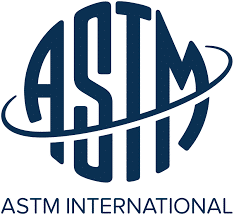
American Society for Testing and Materials, or ASTM: This organization develops voluntary consensus standards that ensure toys, cribs, high chairs, and other children’s items meet rigorous safety and performance criteria.

Consumer Product Safety Commission, or CPSC: This federal agency is responsible for protecting the public from dangerous consumer products.

Consumer Product Safety Improvement Act, or CPSIA: This law mandates safety requirements for children’s products, including limits on lead and phthalates, and requires third-party testing and labeling.
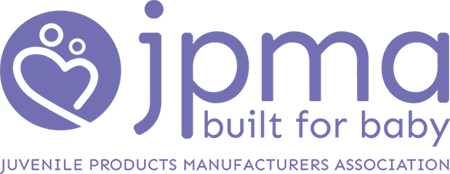
Juvenile Products Manufacturers Association, or JPMA: Products with the JPMA seal have been independently tested and meet or exceed federal safety standards for items like car seats, strollers, and play yards.

Global Organic Textile Standard, or GOTS: GOTS ensures textiles, including children’s clothing and bedding, are made with organic fibers and without harmful chemicals.
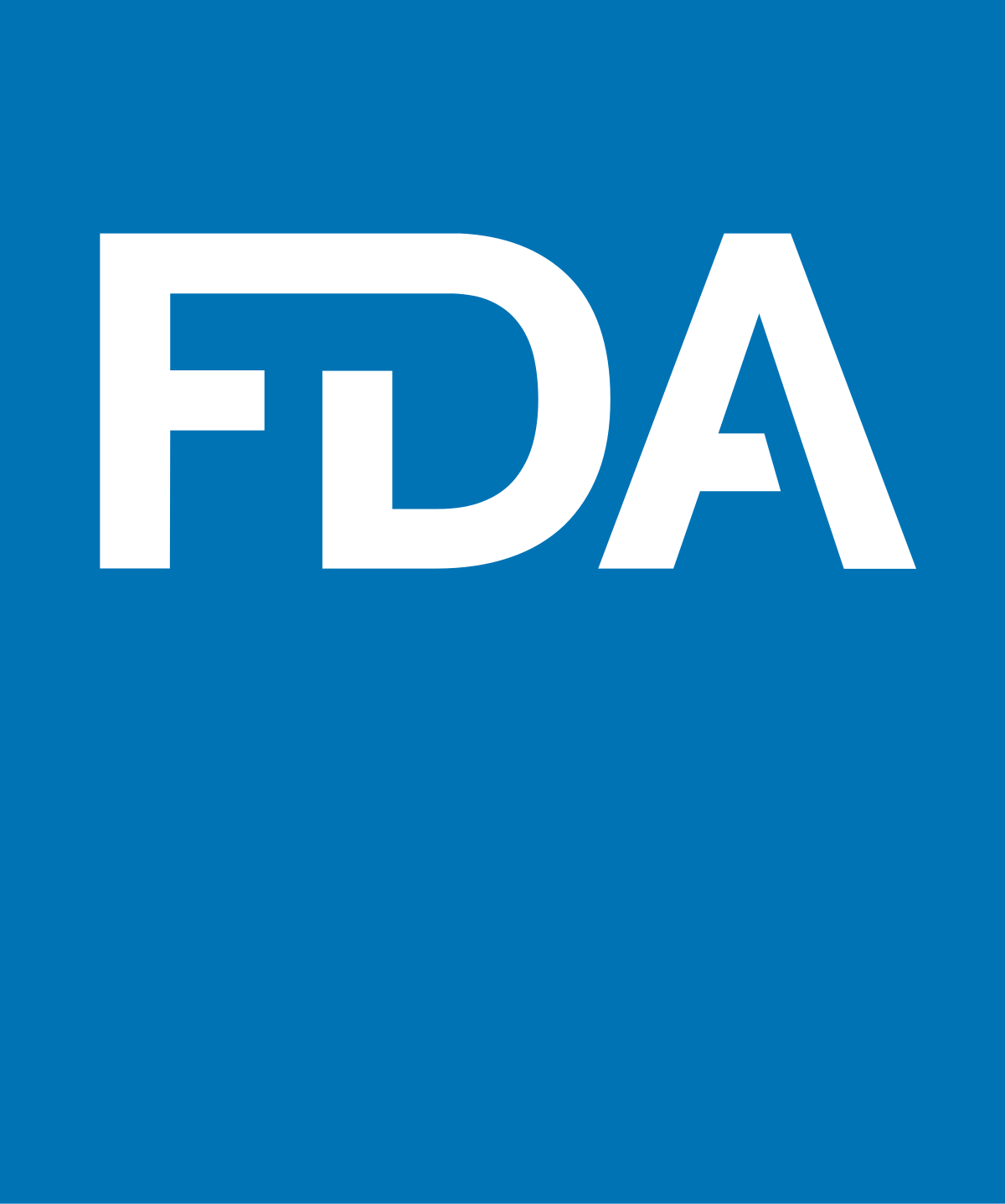
U.S. Food and Drug Administration, or FDA: For personal care items such as baby lotion, shampoo, or pacifiers, FDA approval indicates the product meets federal safety standards for ingredients, labeling, and usage.
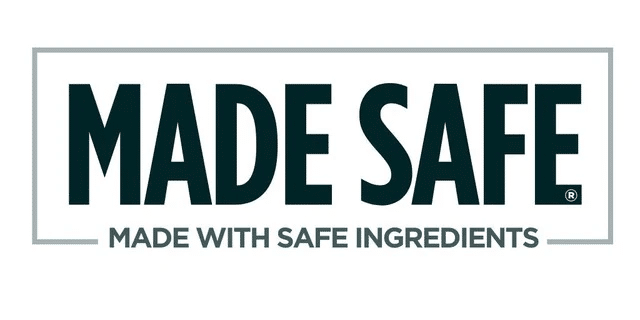
Made Safe Certification: This seal is given to products made without known toxic chemicals, including carcinogens, endocrine disruptors, heavy metals, and neurotoxins, all common culprits in kids’ products.
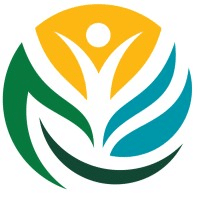
California Proposition 65: Also known as the Safe Drinking Water and Toxic Enforcement Act, Proposition 65 requires warnings on products that may expose consumers to chemicals known to cause cancer, birth defects, or reproductive harm.

Underwriters Laboratories, or UL: UL is a globally recognized safety certification that ensures electrical products, toys, and household goods meet strict testing standards for fire, shock, and mechanical hazards.

UL GREENGUARD Certification: This certification verifies that products, especially furniture and mattresses, emit low levels of volatile organic compounds, or VOCs, improving indoor air quality for developing lungs.

OEKO-TEX Standard 100: This international standard certifies that textiles are free from harmful levels of over 100 known toxic substances, ensuring safer clothing, bedding, and other fabric-based items for children.
2. Ensure the Product You Want To Give Your Kids Is Age-Appropriate
Choosing age-appropriate items isn’t just about matching your child’s maturity or intelligence. The choice also requires weighing product safety to protect your child from hazards. Manufacturers use age grading to account for a child’s developmental abilities, motor skills, behavior, and size. Ignoring these guidelines can put your child at risk of choking, entrapment, or exposure to unsafe materials.
Age grading also considers how children typically interact with products. According to the CPSC, kids often use toys in unintended ways, such as biting, pulling, throwing, or dismantling them. That’s why manufacturers are required to design and test products for reasonably foreseeable use, damage, or abuse.
Even seemingly harmless items can become dangerous when they don’t align with your child’s stage of development. For instance, toys with small parts may be safe for an 8-year-old but pose a serious choking hazard to a curious toddler. Likewise, electronics or ride-on toys designed for older children may exceed a younger child’s coordination or physical ability, increasing the risk of injury.
You can minimize risks while encouraging creativity and healthy play by making sure the items your child uses are designed for their age group and safety-tested to withstand typical wear and tear.
3. Examine the Child Product’s Materials and Design
A product’s materials and design can directly impact your child’s safety, even if it appears harmless at first glance. Hidden risks like toxic ingredients, sharp edges, or detachable parts can endanger children. A closer look at how a product is made helps ensure it’s safe for everyday use.

Toys and Play Equipment
Toys and play equipment should spark joy and imagination, not pose a risk to your child’s health. Unfortunately, poorly built or unstable toys and playground gear can lead to falls, pinched fingers, or worse. Small, detachable components are particularly dangerous, as curious toddlers often explore their environment by putting objects in their mouths.
Even common household items like remote controls or talking toys can pose serious risks, especially when they contain button batteries. If swallowed, these batteries can cause severe internal burns within just two hours. Due to their extreme danger and ease of access in numerous children’s toys, button battery injuries have led to lawsuits and been the subject of multiple recalls.
Material safety is just as crucial. Children’s toys and art supplies have been found to contain hazardous substances such as endocrine-disrupting chemicals, lead, cadmium, organic solvents, and even asbestos. Asbestos is particularly alarming, as this cancer-causing material was discovered in children’s crayons as recently as 2015, in crime lab kits in 2007, and even in children’s makeup lines sold by Justice in 2018 and lines sold by Claire’s in 2019. These findings highlight the real risk of asbestos exposure in consumer products, especially those marketed to children.
Inspecting both the physical design and the materials used in toys can be the difference between safe play and serious harm.

Car Seats and Strollers
Car seats and strollers are everyday essentials for families, but when poorly designed, they can lead to serious injuries or even death. In 2022 alone, an average of three children under 13 were killed every day in vehicles, and 429 more were injured. A well-designed car seat should offer side-impact protection, have a five-point harness, and fit snugly in your vehicle according to the manufacturer’s guidelines. Materials should be durable, flame-resistant, and free of harmful chemicals.
Strollers that are not designed with stability and safety in mind also pose risks. According to the CPSC, in 2016, emergency rooms treated an estimated 10,000 stroller-related injuries, many of which resulted from tipping, faulty brakes, or unsafe restraint systems. To avoid these hazards, choose strollers with locking mechanisms, five-point harnesses, and wide wheelbases. Check for gaps or hinge points that could pinch little fingers, and always ensure the product meets CPSC and JPMA safety standards.
Parents can also protect their children by staying informed about stroller recalls. Past recalls involved strollers with frames that crack or collapse, posing fall hazards, or restraints that easily detach. Regularly reviewing the CPSC’s recall list can help caregivers identify and avoid strollers that fail to meet child product safety standards.
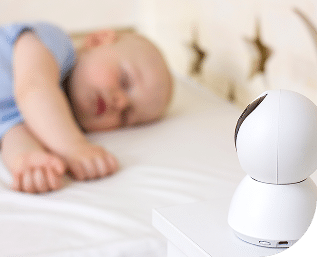
Baby Monitors
Baby monitors offer peace of mind, but poor design can turn them into safety hazards. Corded baby monitors pose a serious strangulation risk if placed too close to a crib. Cords should always be kept at least three feet away or secured to a wall, but opting for wireless models is often safer.
When choosing a monitor, look for a secure wireless transmission, clear audio and video, temperature monitoring, and motion or sound alerts. Features like a stable base, wall-mounting options, and tamper-resistant battery compartments help reduce the risk of accidents.
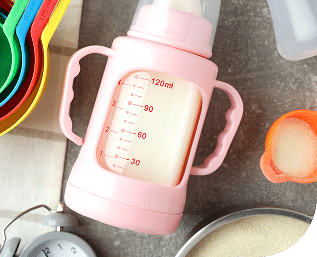
Feeding Bottles and Pacifiers
Even the smallest products can pose big risks for child safety. Pacifiers may seem simple, but materials like lead paint have been found in some recalled products. However, the greatest hazard is choking, often caused by nippes detaching from the shield, mouth guards being too small, or inadequate ventilation holes. Choose pacifiers with strong construction, wide mouth guards, and proper ventilation, and inspect them regularly for wear or damage.
Feeding bottles can also pose hidden dangers. Some have tested positive for Bisphenol A, or BPA, polyvinyl chloride, or PVC, and lead levels exceeding federal safety limits. Some bottles are also made from plastics that aren’t heat-resistant, posing fire hazards or releasing toxins while being sterilized. Poorly sealed caps can also lead to leaks and accidental air intake.
Safer alternatives like polyphenylsulfone, or PPSYU, offer medical-grade, heat- and impact-resistant options that are easy to clean, naturally durable, and free of toxic substances.
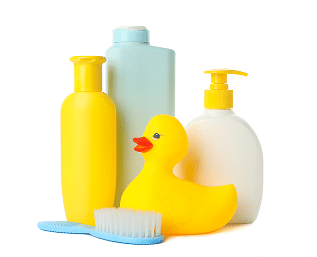
Hygiene and Personal Care Products for Kids and Toddlers
Hygiene and skin care products may appear gentle, but many contain chemicals that raise serious safety concerns for your child. Ingredients like phthalates, used to bind fragrance or color, have been linked to hormone disruption. Others, such as formaldehyde and 1,4-dioxane, are associated with respiratory irritation, allergic reactions, and long-term health risks.
Talc-based baby powders are particularly dangerous. Talc products are frequently tainted with asbestos because deposits naturally occur near each other, and contamination occurs during mining. Talc contaminated with asbestos has been linked to ovarian cancer and mesothelioma, prompting multiple major talcum powder lawsuits and recalls. Parents can reduce risk by avoiding talc-containing products and choosing MadeSafe-certified or FDA-approved alternatives.
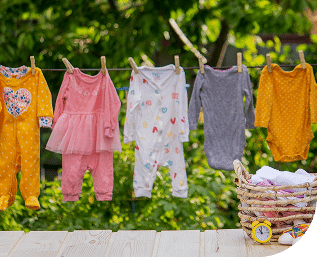
Children’s Clothing
What your child wears can affect their safety as much as what they play with. Some garments have been found to contain harmful substances like lead in dyes or fasteners, which can be toxic if ingested or absorbed through the skin. Drawstrings, especially around the neck and waist, have been linked to serious injuries and fatalities due to entanglement or strangulation risks.
Another major concern is clothing that doesn’t meet the Flammable Fabrics Act standards, which increases the risk of burn injuries, especially in sleepwear. Additionally, many textiles are treated with per- and polyfluoroalkyl substances, or PFAS, to make them stain-resistant and water-resistant. These chemicals have been linked to developmental, immune, and hormonal issues in children. Opting for OEKO-TEX Standard or GOTS-certified clothing helps ensure materials are safer and free of hazardous substances.
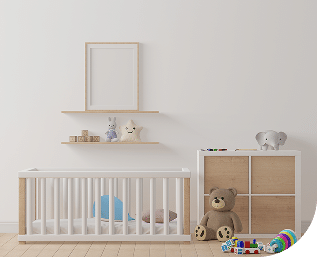
Kid’s Beds, Cribs, and Other Room Furniture
Select your child’s bedroom furniture carefully to prevent serious injury. Poor design can lead to entrapment hazards, including children getting stuck between guard rails and mattresses, resulting in asphyxiation. Slats on guard rails or footboards may be spaced too far apart, risking broken bones, sprains, or head injuries. There’s also the potential for head entrapment between the mattress and bedframe, especially with headboards or footboards that have large openings.
To ensure a safe living and sleeping space, use furniture made after 1978 to avoid lead paint, choose cribs with firm mattresses, and avoid drop-side cribs. Secure dressers to walls, use toy chests with lid supports, and keep nightlights away from curtains or bedding. Keep window cords, curtain ties, and crib mobiles out of reach to prevent accidents.
You can further reduce risks by selecting GREENGUARD-certified or UL-certified furniture, which ensures low chemical emissions and safer materials overall.
4. Check Child Product Recall Lists To Ensure It’s Not Included
Before purchasing any item for a child, check whether it has been recalled. Even products that seem safe or are marketed as gentle can contain hidden hazards. For example, a talc-based baby powder recall was recently expanded to 35 states after tests revealed possible asbestos contamination.
The U.S. Consumer Product Safety Commission’s recall list is a reliable source for the latest recalls relevant to your child’s safety. The following are examples of some recently recalled products.
- Dynacare Baby Powder was recalled due to potential asbestos contamination, posing serious health risks to infants and toddlers.
- Graco recalled 11 stroller models because the folding hinge on the stroller’s sides can pinch a child’s finger, posing a laceration or amputation hazard.
- SlingRider infant carriers and Babyjoy High Chairs were recalled due to violations of federal safety standards, including a fatal suffocation risk from an unsafe incline and a deadly entrapment hazard caused by an oversized opening between the seat and tray.
- Style Life Eleven Baby Loungers were recalled for violating federal Infant Sleep Product safety regulations due to an overly thick sleeping pad, low sides that pose a fall risk, and openings that create suffocation and entrapment hazards.
- RH Baby & Child Jeune French Contemporary Upholstered Panel Cribs were recalled for violating federal safety regulations and missing warnings regarding suffocation risks posed by unsafe gaps between the headboard, footboard, and mattress.
- Jungle Jumparoo Children’s Toys were recalled over yellow poles containing lead levels exceeding the federal lead content limit.
- Green Sprouts Stainless Steel Straw Bottles were recalled because the bottom base can break off, exposing a lead-containing solder dot that poses a lead poisoning hazard to young children.
- Sippy Cups and Sip & Straw Cups were removed from shelves because mold was found to grow in the hidden valve, presenting an unseen health hazard.
- Bentex Children’s Clothing Sets were recalled because the ink used on the garments contained lead levels exceeding federal safety limits.
- Mushie & Co FRIGG Silicone Pacifiers were recalled after reports that the nipple could detach from the plastic shield, creating a choking hazard.
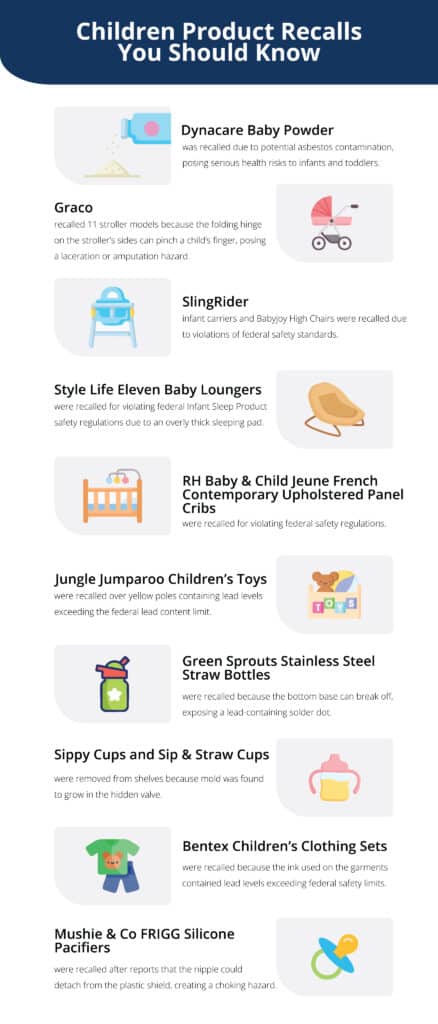
5. Make Sure the Product Does Not Pose an Injury Hazard for Your Kids
Even products that appear age-appropriate can pose hidden injury risks to young children. Items like drawstrings on children’s garments, once considered a standard, have strangulation risks when caught on playground equipment or vehicle doors. Evaluating design features across all children’s products is essential for ensuring child product safety.
Inspect toys for small or detachable parts, check that furniture and gear are stable and securely assembled, and avoid clothing with cords, loose fasteners, or hazardous trims. Toys with long cords can also pose a strangulation risk, which is reduced through supervised play. When selecting toys, avoid common choking hazards, such as magnetic toys, coins, small batteries, rings, earrings, or other small accessories.
Many modern child product safety regulations were issued in response to real-world tragedies that could have been prevented with better oversight. For example, Reese’s Law, passed in 2022 and named after an 18-month-old girl who died after swallowing a button battery, led to stricter CPSC regulations the following year. These regulations now require safer packaging and warning labels to prevent similar accidents. These changes underscore the importance of holding manufacturers accountable through product liability claims when negligent design or poor regulation leads to child injury or death.
6. Read the Product’s Instructions and Warnings
One of the simplest yet most effective ways to protect your child is by reading and following the manufacturer’s instructions and warning labels. Proper setup and use of everyday products can make the difference between safe use and preventable injury. Misuse, often caused by skipped steps or overlooked instructions, is one of the leading causes of product-related accidents. It’s also important to regularly inspect children’s products for damage or wear.
Reading labels and warnings can help you stay informed about safe weight limits, recommended age ranges, flammability risks, and proper storage or cleaning practices. By staying attentive to product instructions and monitoring the condition of items in your child’s environment, you’re taking crucial steps toward preventing injury and avoiding risks tied to poor maintenance or improper use.
Making Sure Kids Are Safe From Dangerous Products
Protecting your children from unsafe products is a responsibility that extends beyond the home. It applies to daycares, schools, babysitters, and anyone who cares for your child. Keeping this child product safety checklist on hand can help ensure you make informed decisions and avoid products that pose dangers to your child.
If your child has suffered due to a dangerous or defective product, don’t wait to seek help. Product liability laws exist to hold negligent manufacturers accountable, and you may be entitled to compensation. The Lanier Law Firm is nationally recognized for its commitment to justice and has decades of experience standing up to powerful corporations on behalf of families like yours.
Contact The Lanier Law Firm today at (800) 723-3216 for a free consultation. Our compassionate and experienced legal team will help you determine if you have a case and whether any liable parties may be responsible.
By submitting this form, you agree to our terms & conditions. Please read the full disclaimer



